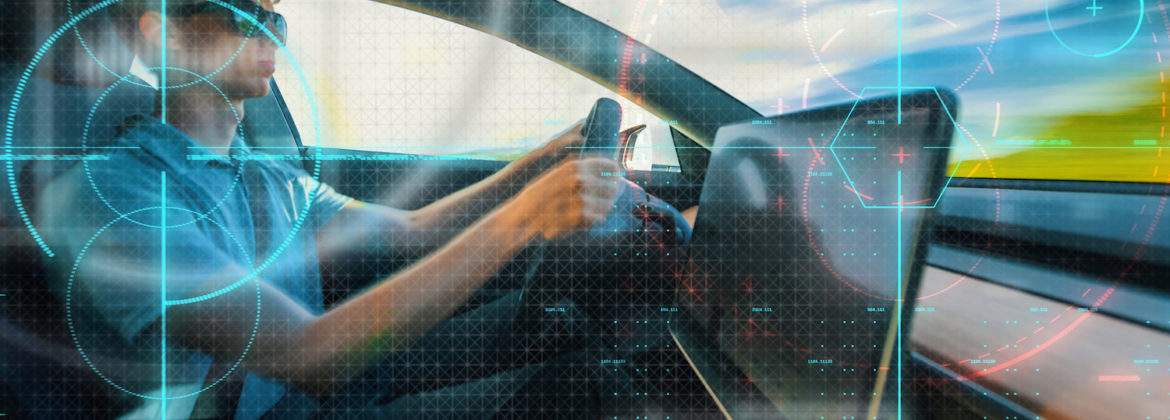Future of Connected Cars Must Depend on Industry Cohesion

Survival might depend on different types of technology communicating
The current status of the connected car has already shown positive results among those using the technology, especially with rental car companies showing lower operation costs and higher profits by the choices that high-tech upgrades bring to the consumer. However more ambitious connectivity is needed to make autonomous vehicles more technically viable before they hit the pavement, and that might prove to be a messy undertaking.
For the moment, autonomous vehicles are functional in more clear-path scenarios, but beyond that, self-driving cars are technologically years away from deftly navigating on bumpy roads with no shortage of lane obstacles to deal with.
There’s another complicated issue involving automakers and their high-tech partners supplying all that autonomous ingenuity. The software that they’re bringing to the table might have so many intrinsic differences in design and composition that there’s no way to share valuable information that might benefit the whole industry.
It’s a concern brought up by global management consultants McKinsey which would require a joint effort between all the autonomous vehicle manufacturers and contributors. Not only is the physical terrain to be covered by a self-driving car complex, so is the expanding web of technology that’s already turning into a gnarled maze that might make it cumbersome for the industry to operate in.
“The overall development challenge is becoming very real,” declared the company in its paper, The case for an end-to-end automotive software platform. “As software content rises in nearly every part of the vehicle, so does the effort required to make different systems work as a cohesive whole. Automotive players have an extremely tough time keeping up. For instance, modern infotainment systems now take upward of three years to develop, with several hundred software engineers contributing to each iteration.”
That lack of integration makes it tougher for players to pool resources to come up with robust ideas to combat cybercrime, which has been attacking connected cars recently. By banding together, manufacturers and software developers can recognize savings in sharing resources rather than each of them throwing money at the issue.
Some companies have already taken an initiative to at least coordinate the hardware provided by an automaker with the software created by a high-tech partner, such as BMW hooking up with Microsoft to create an open manufacturing platform. But McKinsey’s report is hoping to see more of that and on a grander scale.
“Over the next five to seven years, consolidation of today’s complex vehicle architecture into even two or three leading platforms could represent a viable first step,” concluded the report.
—